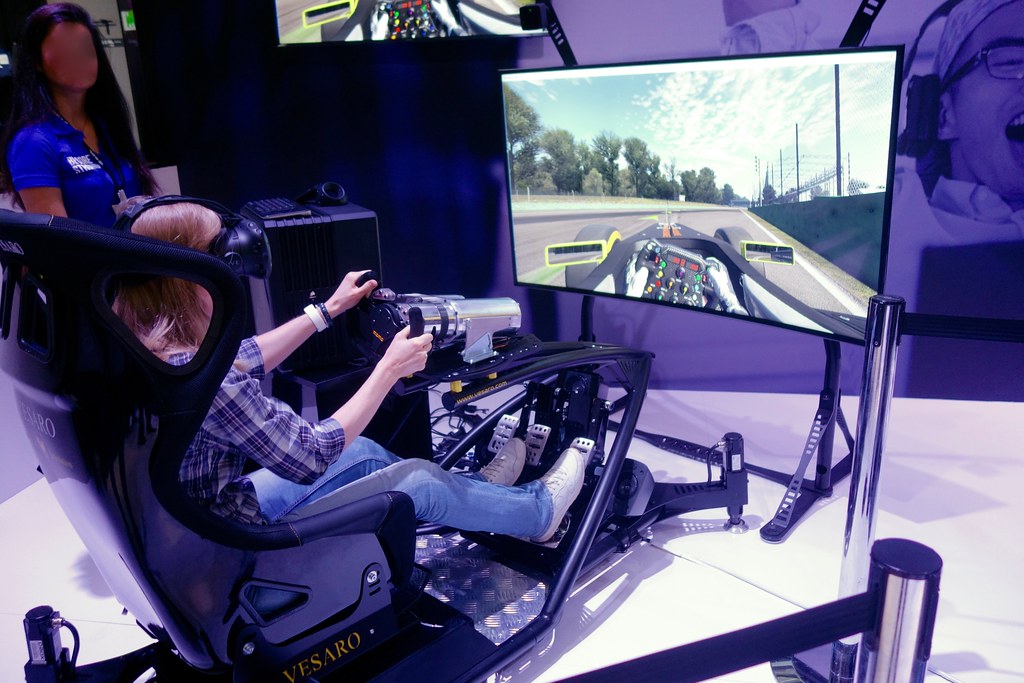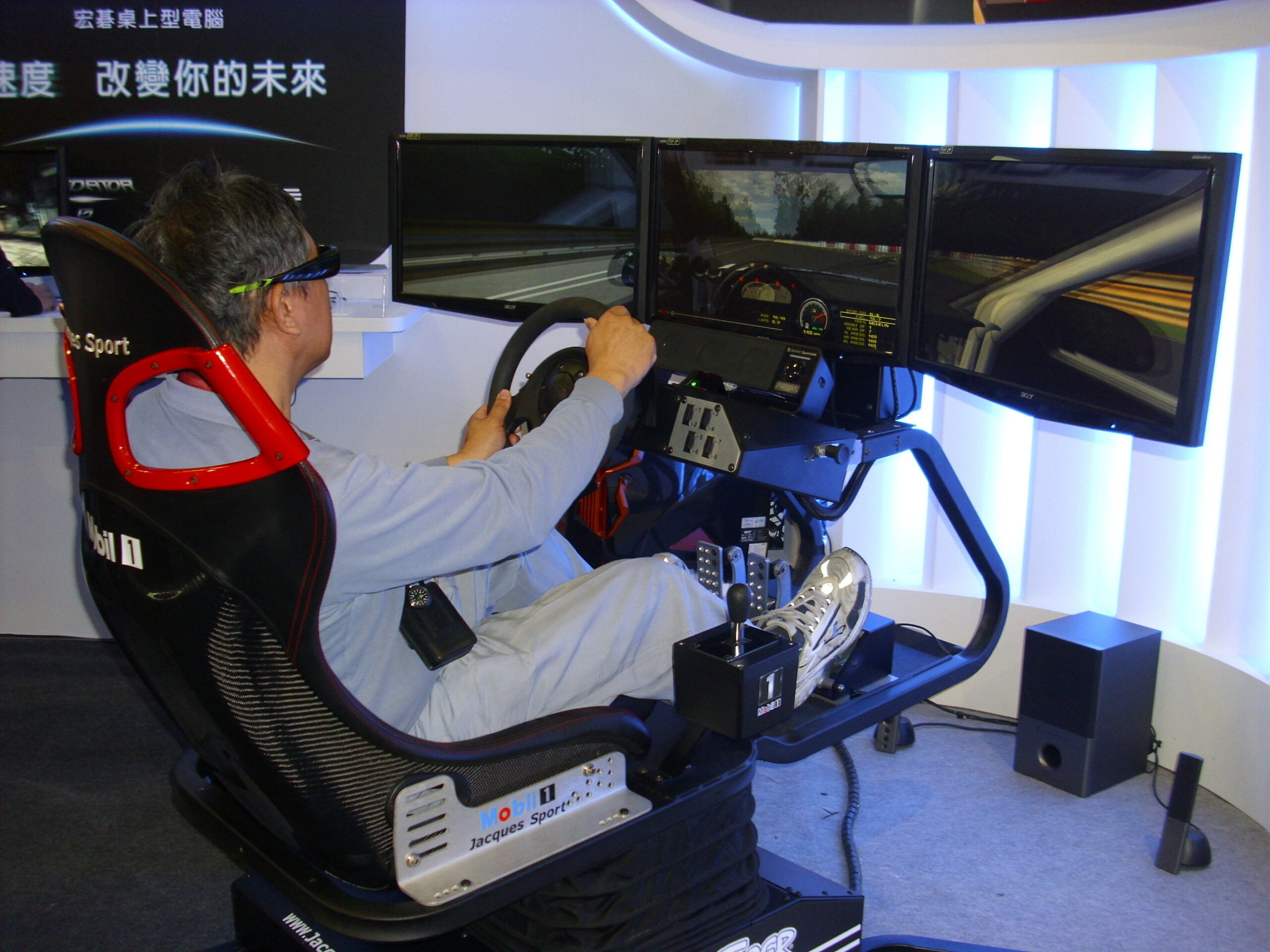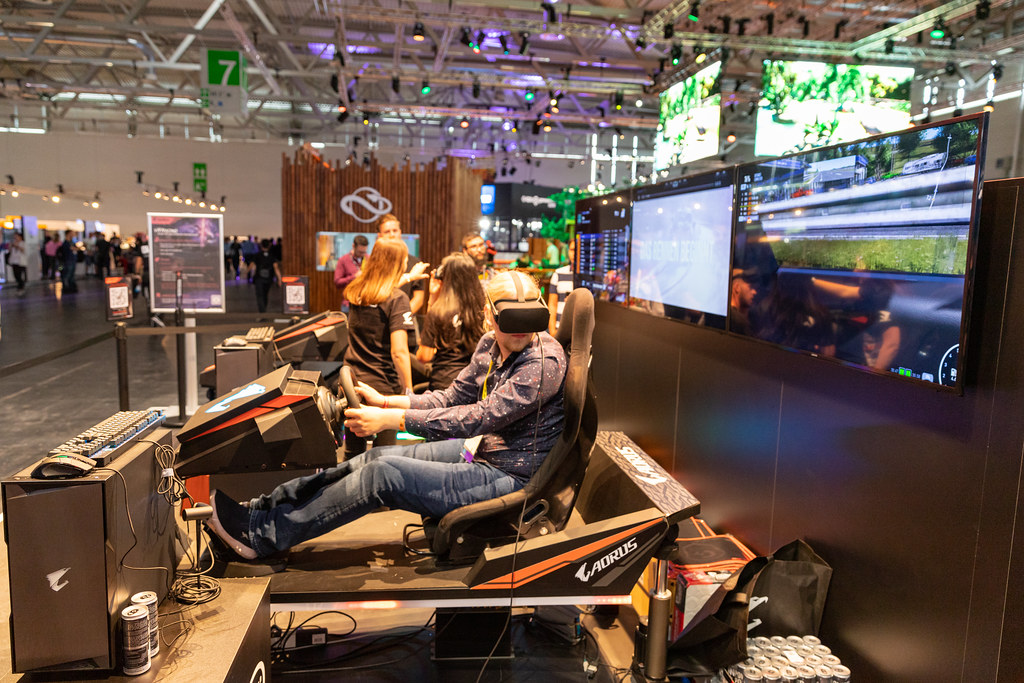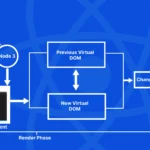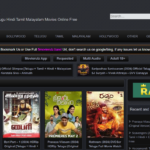The Ultimate Guide About About Sim Racing in 2024
- 1 What is Sim Racing?
- 2 Myths About Sim Racing
- 2.1 Haptic technology can only convey the movements.
- 2.2 Haptic feedback is always jerky and unrealistic.
- 2.3 It can be felt only through a chair or seat.
- 3 Types of Sim Racing Games
- 4 Pro Racers and Sim Racing:
- 4.1 1. Training and Practice:
- 4.2 2. Realism and Accuracy:
- 4.3 3. Competition and Esports:
- 4.4 4. Mental Conditioning:
- 4.5 5. Sponsorship and Marketing:
- 5 Conclusion
- 5.1 FAQs (Frequently Asked Questions):
- 5.1.1 What equipment do I need for sim racing?
- 5.1.2 Can I play sim racing games with a controller?
- 5.1.3 Are sim racing games suitable for beginners?
- 5.1.4 Do I need a powerful PC/console to play sim racing games?
- 5.1.5 Can I compete against other players online?
- 5.1.6 Are there licensed cars and tracks in sim racing games?
- 5.1.7 Can I customize my vehicle in sim racing games?
- 5.1.8 Do sim racing games offer single-player modes?
- 5.1.9 Is sim racing a realistic representation of real-world racing?
- 5.1.10 Are there any free-to-play sim racing games available?
In Short:
- Sim Racing: Sim racing is a genre of video games and simulators that recreate the experience of real-world racing through virtual environments and precise physics simulations.
- Realistic Experience: It offers players a highly practical driving experience, complete with accurate vehicle handling, detailed track models, and immersive multiplayer options.
- Popular Titles: Popular sim racing games include iRacing, Assetto Corsa, rFactor 2, Project CARS, Gran Turismo Sport, Automobilista 2, and RaceRoom Racing Experience.
It can easily become too much to handle to look through all the information online when it comes time to make decisions for your sim racing setup. Not only are there a ton of options for size, specifications, add-ons, and other factors, but there are also a ton of websites with divergent viewpoints and recommendations! It’s simple to lose track of what is and isn’t true, given the abundance of information available. You might, therefore, find it difficult to choose which features are appropriate for your particular rig.
What is Sim Racing?
Sim racing, short for simulated racing, is a genre of video games and simulators that aim to replicate the experience of real-world racing as closely as possible through virtual environments and physics simulations. It involves using specialized hardware such as racing wheels, pedals, and sim rigs to control virtual vehicles in various racing disciplines.
The Appeal of Sim Racing
Sim racing appeals to both casual gamers and dedicated enthusiasts due to its realistic driving physics, accurate vehicle and track models, and immersive multiplayer experiences. It allows players to compete against each other online or against AI opponents in highly detailed virtual recreations of real racing circuits or fictional tracks.
Deciding to include haptic feedback in your rig is one of the inevitable decisions you’ll have to make. It can be challenging to locate reliable information and distinguish between assumption and fact as haptics become more and more popular in the sim racing community. We’re going to dispel the three most common misconceptions regarding haptic technology in sim racing because of this.
Myths About Sim Racing
Haptic technology can only convey the movements.
Although a haptic sim racing rig can communicate movement and direction, this is by no means the only valuable feedback it can provide! A top-notch haptic system for sim racing will foster a strong sense of symbiosis between humans and machines, enabling drivers and cars to merge into one. This allows the driver to get every bit of performance out of the vehicle, exactly like they would if they were operating a genuine race car! Simulators are able to fully immerse themselves in their sport thanks to a combination of subtle yet precise cues.
Haptic feedback is always jerky and unrealistic.
If you’ve never used a sim racing rig, you might assume it would be like Mario Kart. You spin the wheel at the last second to make an incredibly sharp turn, but this time, the haptic feedback allows you to feel your car drifting physically. Despite the fun factor of Mario Kart, there’s nothing quite like sim racing. Rough and jerky feedback is only typically provided by a good sim racing rig in specific situations, like in physically demanding sports like rallies or when you decide to unleash your inner Mario.
As mentioned earlier, it’s not overly intense feedback but rather subtle haptic feedback that translates into accurate cues for an improved sim racing experience. When the high and low frequencies are combined, the skin and muscles throughout the body are stimulated, giving you incredibly lifelike feedback that you wouldn’t anticipate in a simulated scenario.
It can be felt only through a chair or seat.
Although a rig’s seat is the most obvious location to experience haptic feedback, it is not the only way haptic feedback can interact with you. In addition to the seat, the most realistic and immersive rigs will also communicate with the wheels, sim racing pedals, and other components!
Realistic force feedback can also be obtained through the steering wheel. This implies that the wheel will push back against you in the event of a 300 km/h collision, and you will be able to feel the impact through your hands clearly. According to the same principle, the steering will feel resistant when you make a steep turn!
Types of Sim Racing Games
- iRacing: Known for its focus on competitive multiplayer racing, iRacing features precise physics simulations and an extensive roster of licensed cars and tracks. It’s popular among serious sim racers for its realistic handling and structured online racing leagues.
- Assetto Corsa: Renowned for its modding community and realistic driving dynamics, Assetto Corsa offers a wide range of cars and tracks for players to enjoy. Its precise physics engine provides a challenging yet rewarding driving experience.
- rFactor 2: With a strong emphasis on realism and advanced tyre modelling, rFactor 2 provides highly immersive racing simulations. It offers dynamic weather and track conditions, making each race a unique challenge.
- Project CARS: Project CARS features a wide variety of cars and tracks, stunning graphics, and dynamic day-night cycles and weather effects. It’s the career mode, and online multiplayer options cater to both casual players and serious sim racers.
- Gran Turismo Sport: Exclusive to PlayStation, Gran Turismo Sport combines realistic driving physics with extensive single-player and multiplayer modes. It features a vast car collection and meticulously recreated real-world tracks.
- Automobilista 2: Developed by Reiza Studios, Automobilista 2 offers realistic vehicle dynamics and a diverse range of racing disciplines, including open-wheel, GT, and touring car racing. It features a comprehensive selection of tracks and weather conditions.
- RaceRoom Racing Experience: RaceRoom Racing Experience provides a wide variety of cars and tracks, realistic driving physics, and competitive multiplayer racing. It offers both free-to-play and paid content options for players.
Pro Racers and Sim Racing:
Sim racing has become an integral part of professional motorsport, with many professional racers using simulators as a tool for training, practice, and even competition. The integration of sim racing into the routines of professional drivers has grown significantly in recent years, with several key factors driving its adoption among pro racers.
1. Training and Practice:
Pro racers use simulators as a valuable tool for training and practice, especially when they don’t have access to real tracks or cars. Simulators offer a safe and cost-effective environment for drivers to familiarize themselves with new circuits, refine their racing lines, and experiment with different setups and driving techniques. This allows them to maintain and improve their skills between real-world racing events.
2. Realism and Accuracy:
Modern sim racing technology has advanced to a level where the physics simulations and vehicle dynamics closely replicate real-world driving experiences. Professional racing teams and drivers utilize high-end simulators with realistic force feedback steering wheels, hydraulic pedals, and motion platforms to simulate the sensations of driving a real race car. This level of realism enables pro racers to fine-tune their driving skills and experiment with car setups in a controlled virtual environment.
3. Competition and Esports:
The rise of sim racing esports has further incentivized professional racers to engage with simulators. Many racing series and teams have established their own esports divisions or partnered with existing sim racing leagues to provide opportunities for pro racers to compete in virtual races. These esports events often feature substantial prize pools and attract a large audience, offering pro racers additional exposure and competitive outlets outside of traditional motorsport.
4. Mental Conditioning:
Sim racing also serves as a mental conditioning tool for professional racers, helping them develop focus, concentration, and racecraft in high-pressure situations. By participating in simulated races against skilled opponents, pro racers can sharpen their reflexes, decision-making abilities, and race strategy execution, all of which are crucial skills in real-world racing.
5. Sponsorship and Marketing:
Sim racing partnerships and sponsorships have become increasingly common in professional motorsport. Many racing teams and drivers collaborate with sim racing hardware and software companies to promote their products and services. Pro racers often participate in sim racing events or endorse simulators as part of their sponsorship agreements, further blurring the lines between real-world racing and virtual racing.
Professional racers utilize sim racing as a versatile tool for training, practice, competition, mental conditioning, and marketing. The integration of simulators into the routines of pro racers not only enhances their driving skills but also contributes to the growing popularity and legitimacy of sim racing as a legitimate form of motorsport.
Conclusion
Sim racing offers a highly immersive and realistic racing experience, attracting both casual gamers and dedicated enthusiasts. With a variety of sim racing games available, each offering unique features and challenges, there’s something for every racing fan to enjoy. Whether it’s competing in online multiplayer races or honing driving skills in single-player modes, sim racing provides an engaging virtual motorsport experience.
FAQs (Frequently Asked Questions):
What equipment do I need for sim racing?
You’ll need a racing wheel, pedals, and possibly a racing seat or simulator rig for a more immersive experience.
Can I play sim racing games with a controller?
Yes, many sim racing games offer controller support, although a racing wheel setup is recommended for a more authentic experience.
Are sim racing games suitable for beginners?
Yes, many sim racing games offer adjustable difficulty settings and tutorials to help beginners learn the ropes.
Do I need a powerful PC/console to play sim racing games?
It depends on the game, but most modern sim racing titles can run on mid-range gaming PCs or current-gen consoles.
Can I compete against other players online?
Yes, most sim racing games offer online multiplayer modes where you can race against other players from around the world.
Are there licensed cars and tracks in sim racing games?
Yes, many sim racing games feature licensed cars and tracks from real-world racing series and circuits.
Can I customize my vehicle in sim racing games?
Yes, many sim racing games offer extensive car customization options, including tuning setups and visual customization.
Do sim racing games offer single-player modes?
Yes, most sim racing games offer single-player career modes, time trials, and practice sessions for solo play.
Is sim racing a realistic representation of real-world racing?
Yes, sim racing games strive for realism through accurate physics simulations, vehicle dynamics, and track details.
Are there any free-to-play sim racing games available?
Yes, some sim racing games offer free-to-play options with limited content, while others offer a mix of free and paid content.

